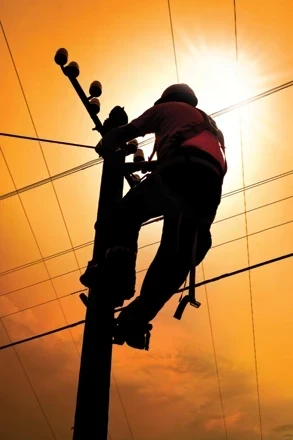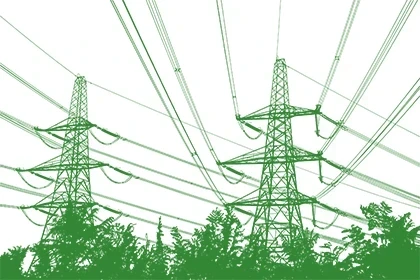Climate Crisis Threatens Canada’s Ice Roads for Indigenous Communities

The warming climate is rapidly transforming the landscape of northern Canada, particularly for Indigenous communities who rely on ice roads for critical supplies. These roads, made from snow and ice, are the only accessible routes during winter months, connecting remote First Nations to the outside world for essential deliveries. However, warmer-than-usual winters are increasingly shortening the ice road season, threatening the lifeline of communities like Eabametoong First Nation in Ontario.
These ice roads are vital for transporting supplies such as construction materials, bulk food, and fuel—resources too bulky and expensive to transport by air. With no all-season road infrastructure, these communities face increasing isolation as the ice roads grow weaker and less reliable. In March 2025, the ice road to Eabametoong was temporarily closed due to rain, exacerbating the challenges faced by residents who already live with inadequate housing.
The changes in weather patterns are stark: temperature shifts are causing the snow bridges to weaken and the lake ice to thin, creating unsafe conditions for transport. A typical year would see these ice roads frozen solid by March, but as the seasons grow unpredictable, the window for safe travel shortens. For many communities, this year’s shortened ice road season has added new strains to their already challenging living conditions.
Indigenous leaders and community members are sounding alarms about the urgent need for adaptive solutions to protect these vital transportation routes. With climate projections predicting further warming, communities are left grappling with not only housing shortages but also a shrinking window to secure essential supplies.
This climate-induced disruption highlights the deep vulnerabilities faced by remote Indigenous communities in Canada’s north, where infrastructure gaps and reliance on outdated systems intersect with a rapidly changing climate. With no immediate solutions on the horizon, the situation remains dire for those depending on ice roads for survival.









